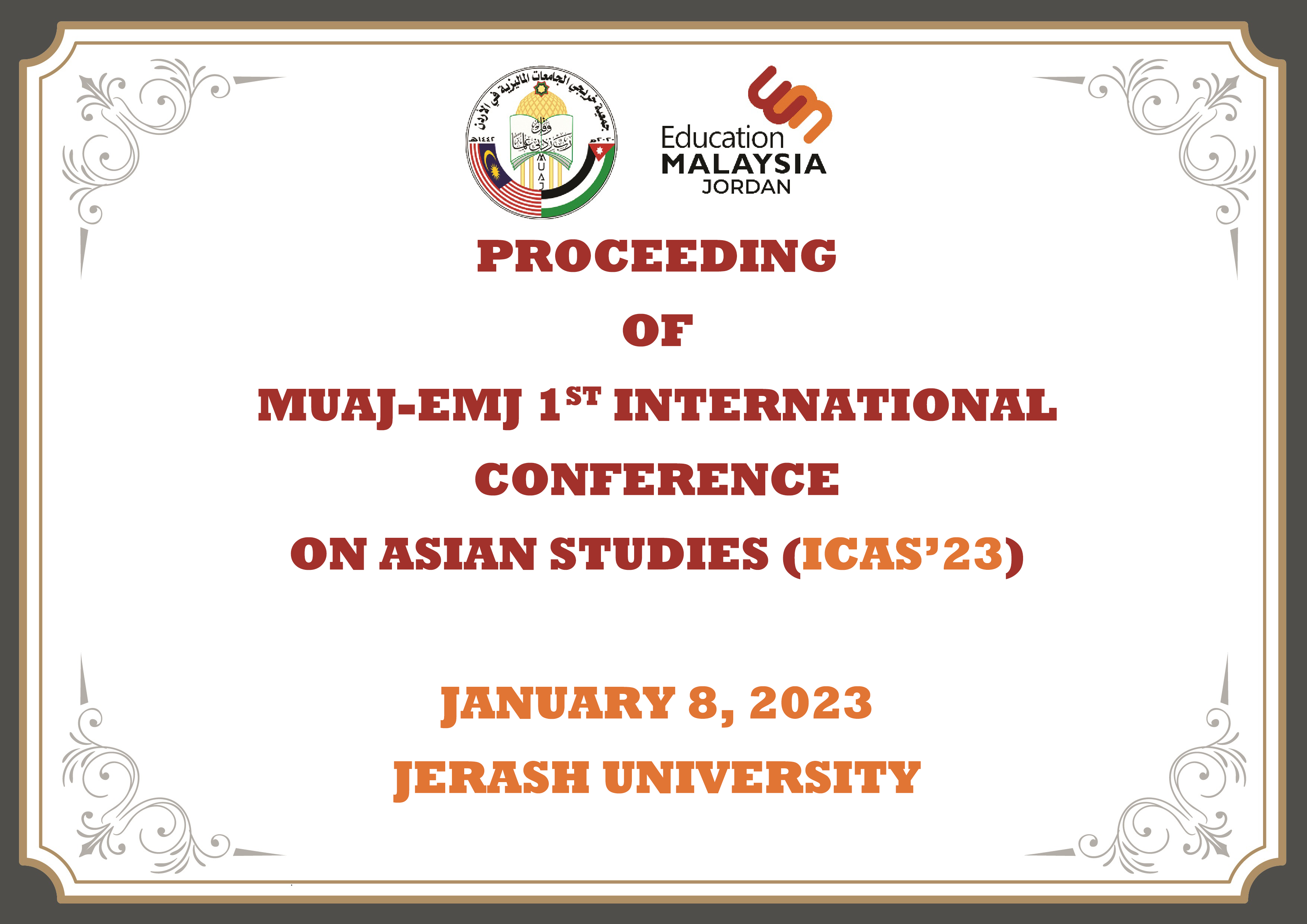Feasibility Study of Palm Oil Mill Waste Biomass as Malaysia Biofuels Feedstocks
Keywords:
Palm Oil Mill, Biomass, Biofuels, Feasibility StudyAbstract
Oil palm is considered the highest-yield product from Malaysia that had been exported all around the world which supported the country’s economy and increases the number of palm oil industries in Malaysia. The palm oil industry generated various types of biomasses including oil palm trunks (OPT), empty fruit bunches (EFB) and palm pressed fibers (PPF), palm shells, and palm oil mill effluent palm (POME). Negligent handling of these wastes could lead to contamination of the environment. It is important to minimize and recycle waste and to improve technologies to recover the energy from the waste rather than disposing of the waste. Renewable energy derived from biomass is one of the most promising possibilities. In an effort to reverse the environment's decline, a race for biomass-based renewable energy has long been underway. Due to its environmental friendliness, palm oil has gained attention as a bioenergy source alternative to alleviate the problem of fossil fuels. Therefore, this review will focus on the feasibility study of palm oil waste biomass as Malaysia Biofuels feedstocks and become a potential alternative not only to reduce the negative impact of the waste on the environment but also to introduce new potential industries from the waste generated.

